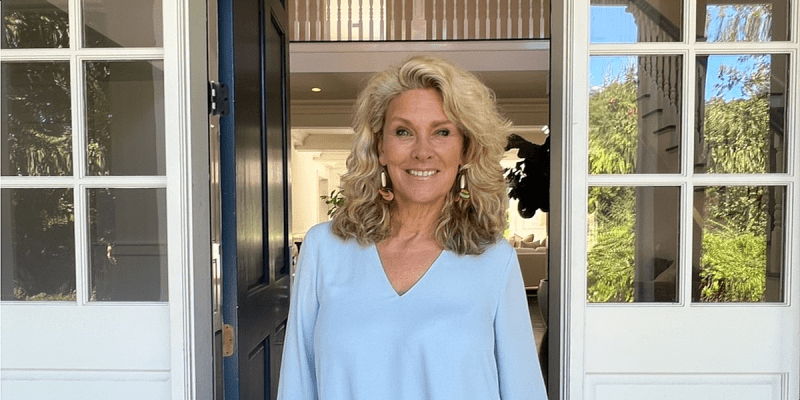Fans often fawn over Instagram trainer Kayla Itsines’s long hair, but she revealed a secret recently with her fans: it’s not actually hers.
“My natural hair is actually super short,” she captioned on a recent photo. “I have genetically really thin hair (my grandma and mom both have really thin hair as does a lot of my family) I often just wear a clip in ponytail when I want long hair. It is something I have come to terms with over the years. I have a family history of female pattern baldness.”
She’s not alone.
What is female pattern baldness?
Most thinning hair and receding hairlines are associated with men, but female pattern baldness, also called androgenetic alopecia, is much more common than many realize. The American Hair Loss Association says that women make up 40 percent of people with pattern baldness.
Hair thinning and loss comes when the hair follicle — or the hole that holds a strand of hair — starts to shrink. This translates to shorter and thinner hair over time until hair eventually stops growing, according to the U.S. National Library of Medicine. Family history, hormonal changes and age are usually blamed for female pattern baldness, but no studies have pinpointed the exact cause.
The good news? Follicles don’t die, so regrowing hair is possible with treatment. Currently, minoxidil is the only medication approved by the U.S. Food and Drug Administration to treat female pattern baldness. The bad news? Treatment is long-term and the medicine only works if it’s applied to the scalp consistently.
Another option is to use wigs and hair clip-ins to mask hair loss, which is what Itsines does.
“Yes, of course I’m super conscious about it and I’ve tried everything to fix it, trust me,” she wrote. “But, at the same time, I am at peace with it and I will not let it rule my life.”
Alopecia areata: Another common source of female baldness
As many as 6.8 million people develop another type of hair loss during their lifetimes. Alopecia areata is a disorder where the body’s immune system attacks the hair follicles, causing it to fall out from the head in full or in patches. Another less common form of alopecia areata causes total hair loss, according to the American Academy of Dermatology.
Genetics often play a role, but stress can cause hair loss. One British woman recently detailed how a breakup triggered hers. She’s learned to manage her hair loss through wigs and makeup, but she still gets intrusive questions.
“I’ve had some ask me whether I’ve got cancer, and others asking if it’s a fashion statement,” Sophie told Cosmopolitan UK. “I just tell them I’ve got alopecia and explain it’s the body rejecting the hairs because it thinks they’re foreign.”
She recently regrew hair, but it fell out again and doctors told her that “the pattern my hair fell out in starting behind my ears and then snaking across my head indicates a very high possibility that the hair will never come back.”
Hair can regrow for some with treatment that includes corticosteroids, immunotherapy and minoxidil. But losing hair can be traumatic, regardless if it regrows or not.
“For me, losing my hair also feels like I’ve lost my identity,” Sophie told Cosmopolitan, adding that it hurt her self esteem, but she’s working through it. “Maybe me without hair is just honestly who I’m meant to be as a person.”
Itsines also has advice for women also experiencing hair loss.
“This is definitely a really difficult thing to do and I know from first hand experience, but it is definitely worth it and you have nothing to be shy about, be proud,” she wrote.

























